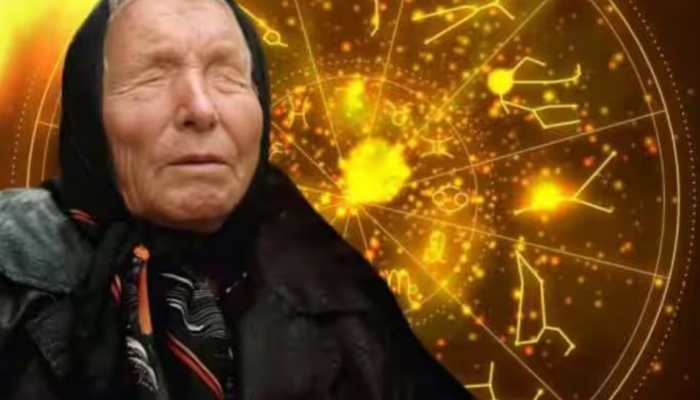Here's how dinosaurs could have survived mass extinction
The impact of the asteroid caused a crater 180 km wide and heated organic matter in rocks and ejected it into the atmosphere, forming soot in the stratosphere.
Trending Photos
) Representational image
Representational image New Delhi: Had the asteroid that hit Earth some 66 million years ago struck somewhere else, dinosaurs would have survived the mass extinction, says a study.
The impact of the asteroid, also known as the Chicxulub Impactor, caused a crater 180 km wide and heated organic matter in rocks and ejected it into the atmosphere, forming soot in the stratosphere.
Soot is a strong, light-absorbing aerosol that caused global climate changes that triggered the mass extinction of dinosaurs, ammonites, and other animals, and led to the macroevolution of mammals and the appearance of humans.
Based on results of the new study, published in the journal Scientific Reports, the researchers said that the probability of the mass-extinction occurring was only 13 percent.
This is because the catastrophic chain of events could only have occurred if the asteroid had hit the hydrocarbon-rich areas occupying approximately 13 percent of the Earth's surface.
Led by Professor Kunio Kaiho of Tohoku University in Japan, the researchers calculated the amount of soot in the stratosphere and estimated climate changes caused by soot using a global climate model
If the asteroid had hit a low-medium hydrocarbon area on Earth, mass extinction could not have occurred and the Mesozoic biota could have persisted beyond the Cretaceous/Paleogene boundary, said the study.
The site of the asteroid impact, therefore, changed the history of life on Earth.
(With Agency inputs)
Stay informed on all the latest news, real-time breaking news updates, and follow all the important headlines in india news and world News on Zee News.
Live Tv







)
)
)
)
)
)
)
)
)
)
